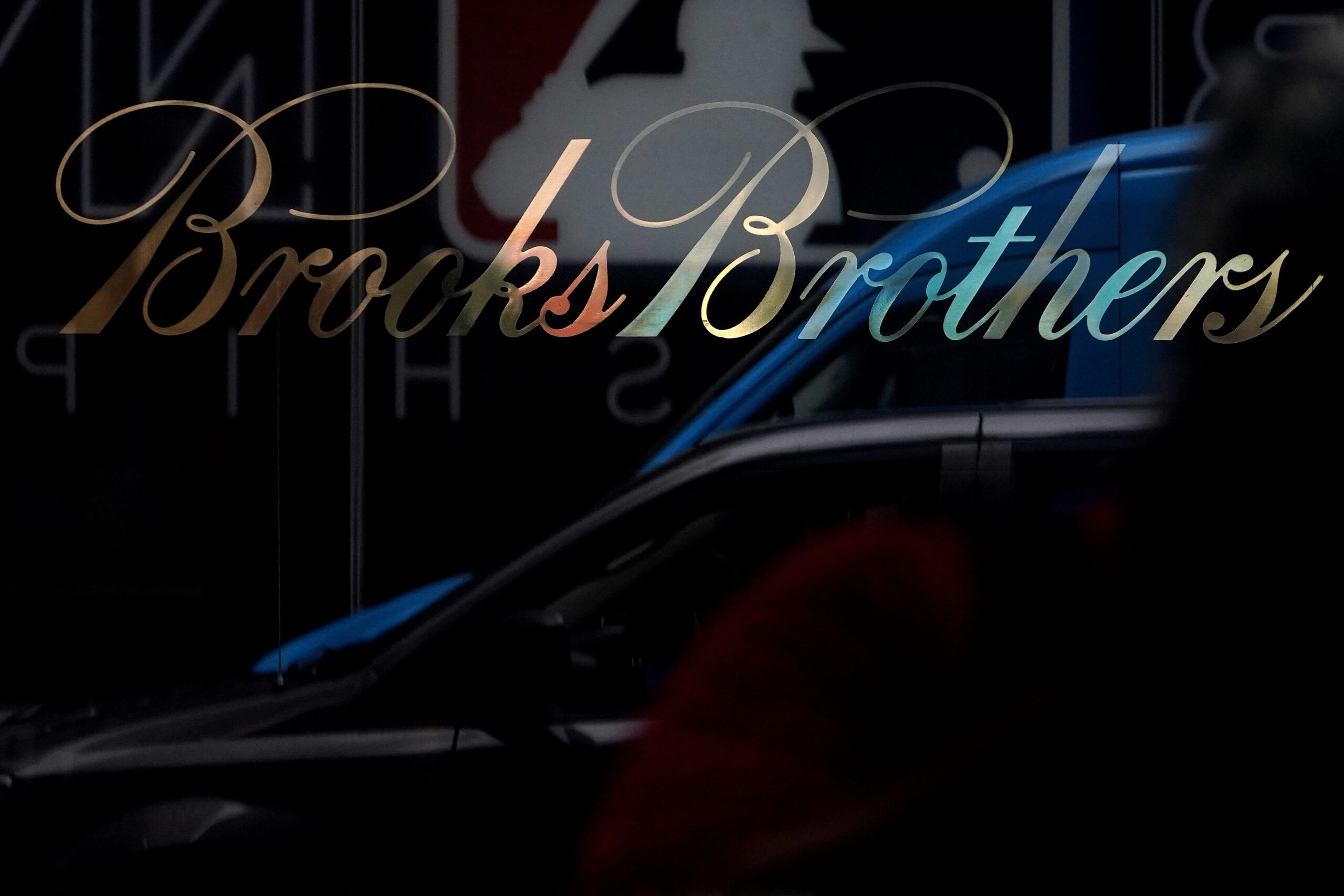
The Post-COVID Fashion Dilemma: Casualizing the Workplace Attire
Introduction
The COVID-19 pandemic has upended many aspects of our lives, including how we work. With the advent of remote work and hybrid work arrangements, millions of employees have had to重新考虑 their daily attire. The once-rigid office dress codes have loosened, leaving many professionals wondering how to dress appropriately in this new work environment.
The Casualization Trend
A recent Gallup poll reveals that 41% of Americans now wear business casual attire to work, while 31% wear street clothes. Only 3% of respondents opt for formal business attire such as suits and ties. This trend towards casualization has been gradually gaining traction over the past decade, but the pandemic accelerated its adoption.
Factors Driving the Casualization
Several factors have contributed to the casualization of workplace attire:
- Remote work: With employees working from home, the traditional office dress code became less relevant. Wearing comfortable, casual clothing became more acceptable.
- Comfort and flexibility: Employees value comfort and flexibility in their work attire, especially when working from home or in hybrid arrangements.
- Changing workplace cultures: The post-pandemic workplace has embraced a more relaxed and informal atmosphere, which extends to dress codes.
The Impact on Fashion Retailers
The shift towards casual attire has had a significant impact on fashion retailers. Formal and business wear retailers, such as Nordstrom and Express, have suffered from the decline in demand for traditional office attire. As a result, some retailers have pivoted their business models to cater to the growing demand for casual wear and athleisure.
The Case for Dressing Up
While the trend towards casualization is undeniable, there are still benefits to dressing professionally, even when working remotely. Career coach Rebecca Henninger believes that dressing up can enhance professionalism, productivity, and separation between work and life. For Zoom meetings or job interviews, dressing appropriately can make a positive impression.
Hybrid Dress Codes
For employees who work in hybrid arrangements, the dress code can be more nuanced:
- Internal meetings: A more relaxed dress code, such as a nice sweater or button-down shirt, may be acceptable.
- Client meetings: A more formal dress code, such as a suit jacket, may be required to project a professional image.
Company Dress Codes
Ultimately, the appropriate dress code for a particular workplace depends on the company’s culture and industry. Professional services firms and public-facing companies often have more formal dress codes. However, the general trend is towards a more relaxed approach to workplace attire.
Conclusion
The post-COVID workplace has ushered in a new era of fashion flexibility. While casualization has become more acceptable, it is important to consider the specific work environment and the impression you want to make. Whether you opt for a suit or a sweater, dressing appropriately can enhance your professionalism and contribute to your overall success in the workplace.
